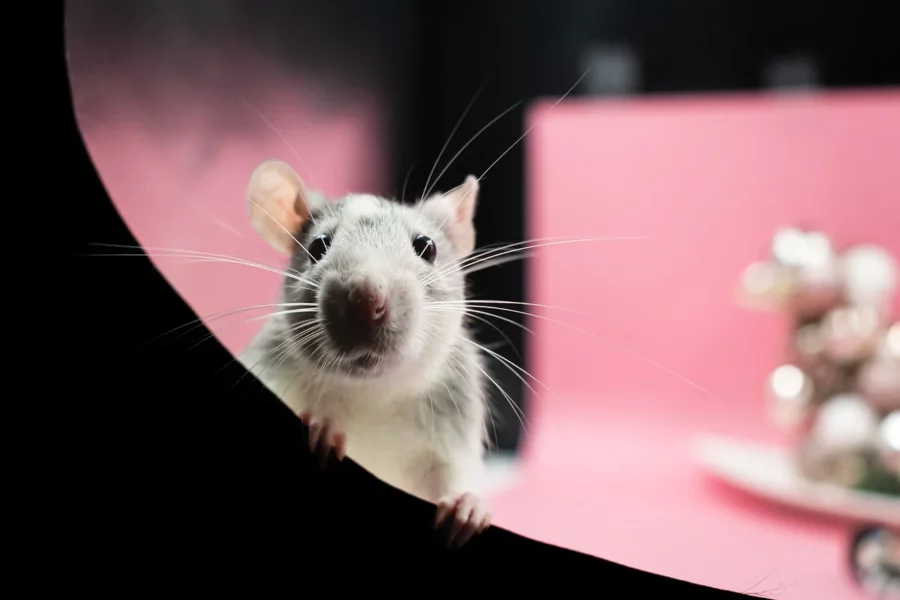Scientists at HHMI’s Janelia Research Campus have made a groundbreaking discovery, revealing that animals, like humans, possess the ability to imagine. Utilizing a pioneering system merging virtual reality (VR) and a brain-machine interface (BMI), researchers from the Lee and Harris labs delved into the inner thoughts of rats, demonstrating that these creatures can mentally envision distant locations and manipulate objects in a virtual environment.
The study, led by Chongxi Lai, a postdoc in the Harris and Lee Labs, sheds light on the remarkable finding that rats can activate mental representations of places without physically being present. This ability, crucial for recalling past events and envisioning future scenarios, underscores the presence of a form of imagination in animals.
Albert Lee, formerly a Group Leader at Janelia and now an HHMI Investigator at Beth Israel Deaconess Medical Center, hailed the significance of this discovery, emphasizing that animals’ capacity for imagination parallels that of humans.
The research project, initiated nine years ago, sought to determine if animals could engage in cognitive thought processes. The collaborative efforts of the labs led to the development of a real-time “thought detector” utilizing a BMI, establishing a direct link between neural activity and a 360-degree VR arena.
The BMI enabled researchers to assess whether a rat could activate specific hippocampal activity patterns, essentially imagining navigating to a location without physically traversing the space. By creating a “thought dictionary” that decoded the rat’s brain signals, researchers were able to distinguish activity patterns associated with specific places in the VR arena.
Through tasks dubbed “Jumper” and “Jedi,” rats demonstrated the ability to navigate to a goal location and manipulate virtual objects, solely relying on their thoughts. The animals displayed precise and flexible control of hippocampal activity, akin to the cognitive processes observed in humans.
Furthermore, the study highlights the potential applications of BMI in probing hippocampal activity, offering a novel approach to studying this pivotal brain region. The findings also open avenues for designing prosthetic devices based on similar principles.
This innovative research not only expands our understanding of animal cognition but also paves the way for advancements in neural interface technologies with wide-ranging implications in neuroscience and prosthetics.


